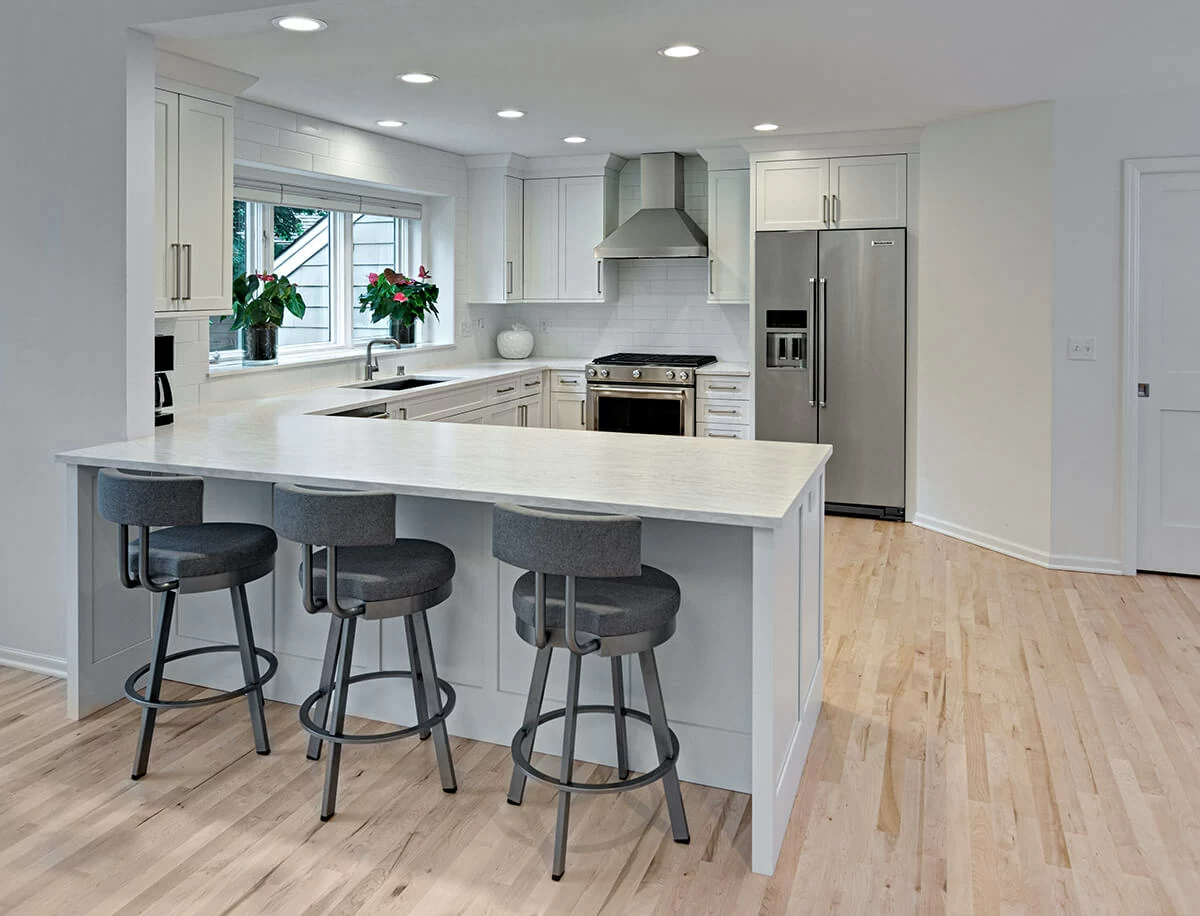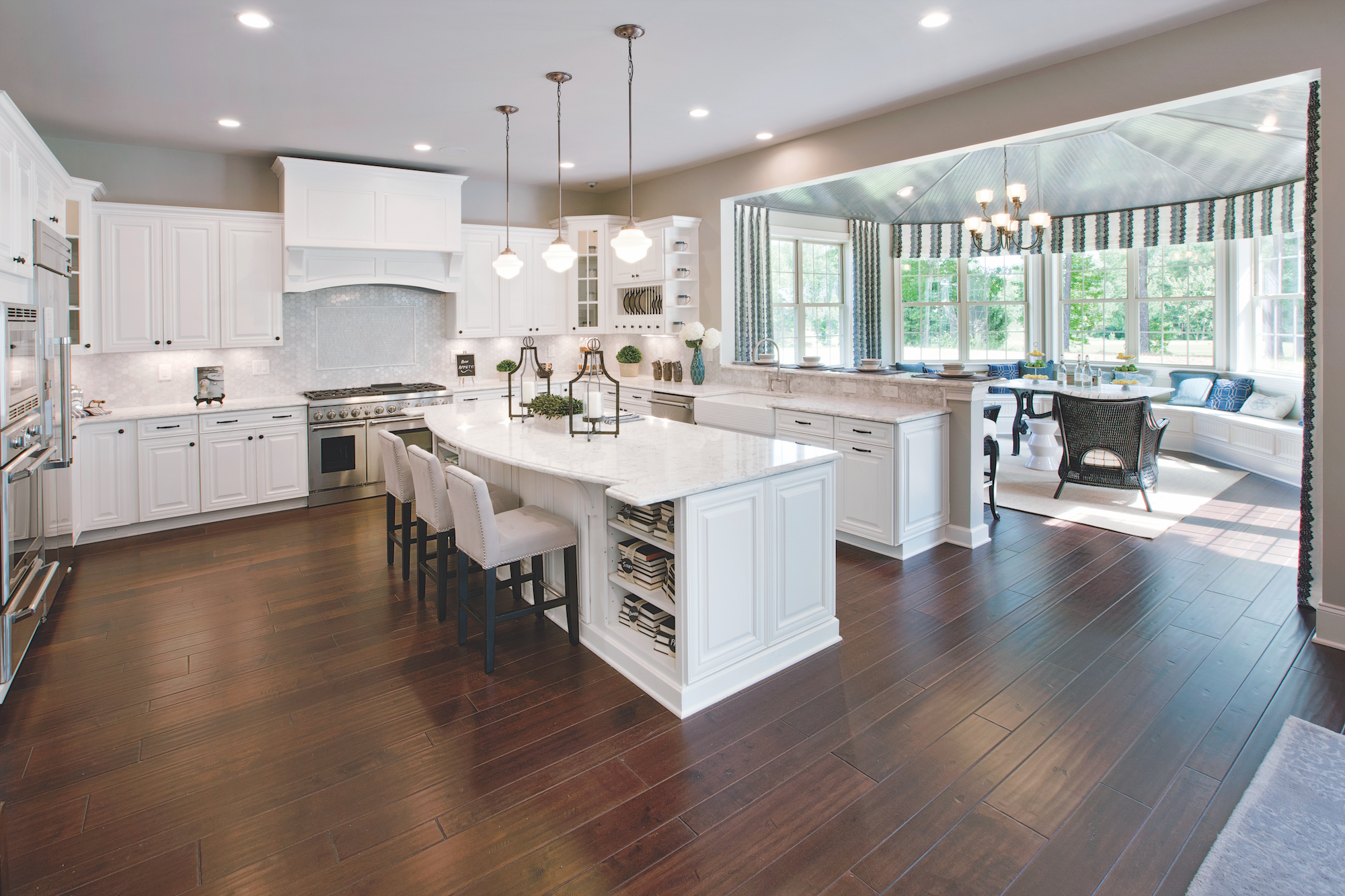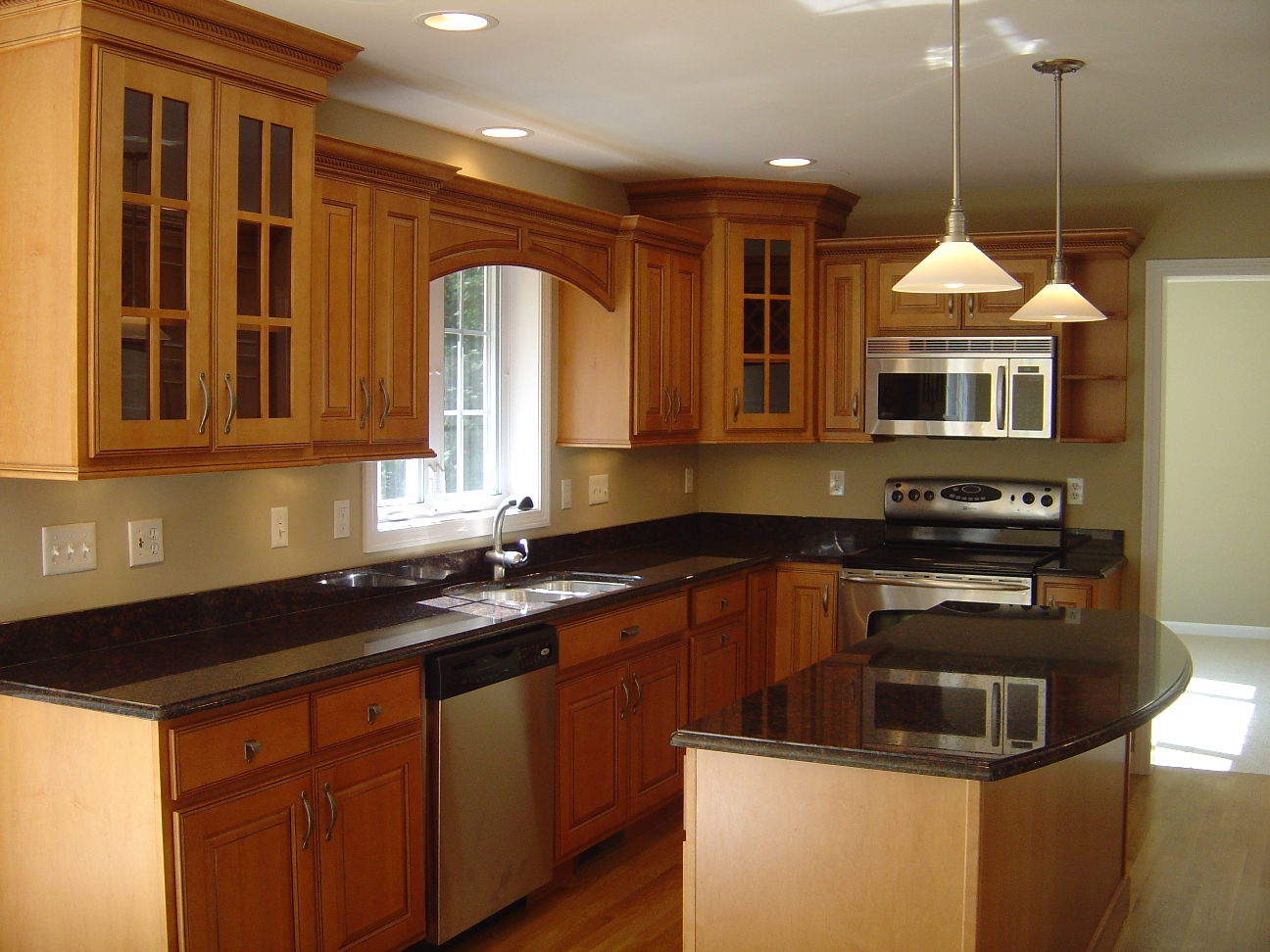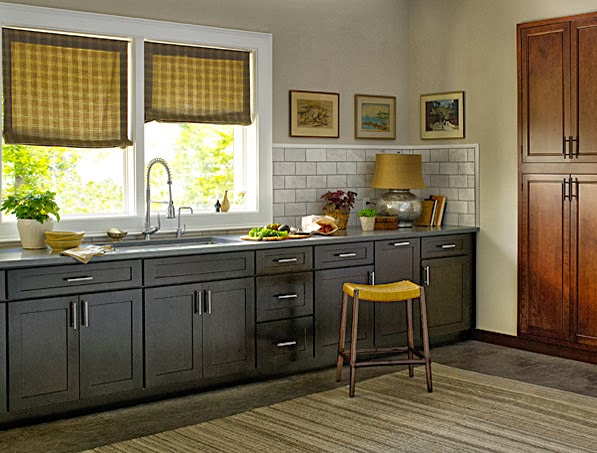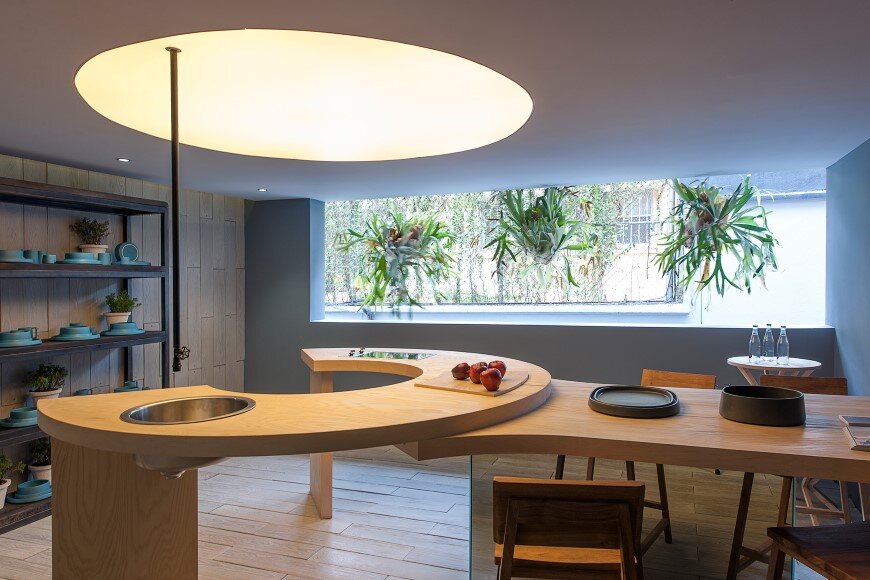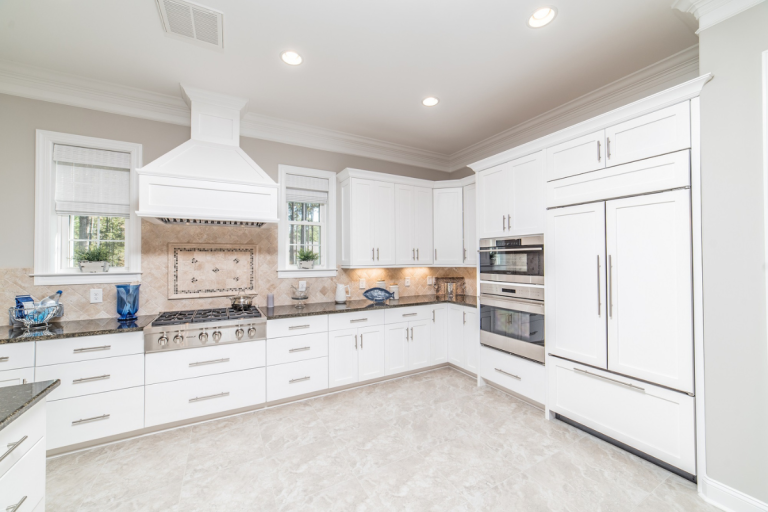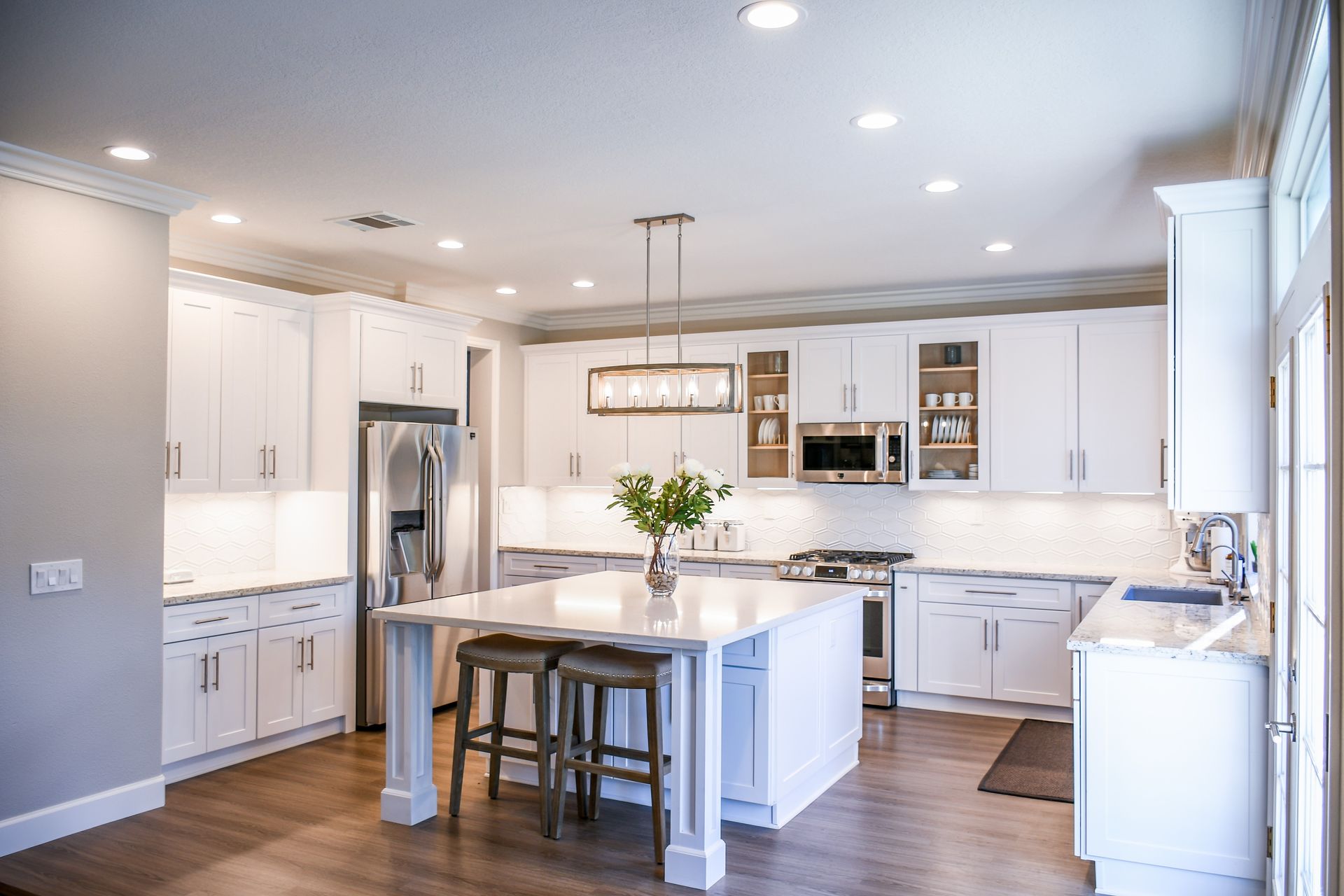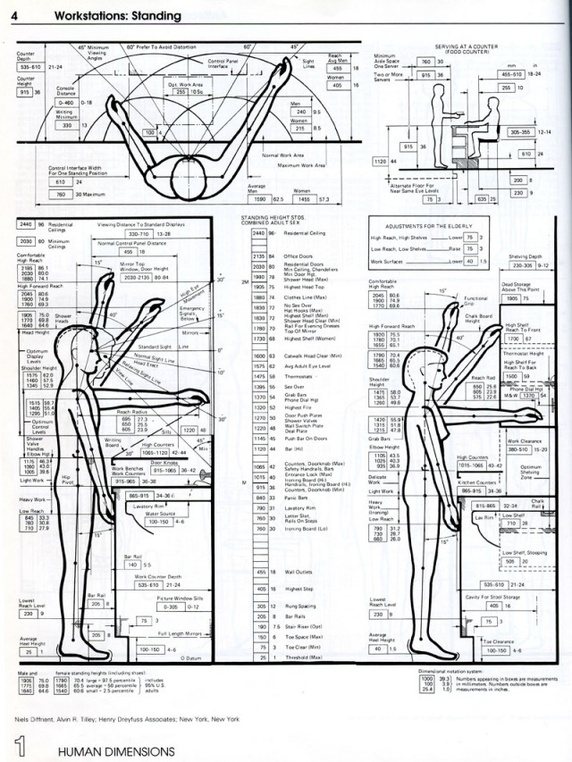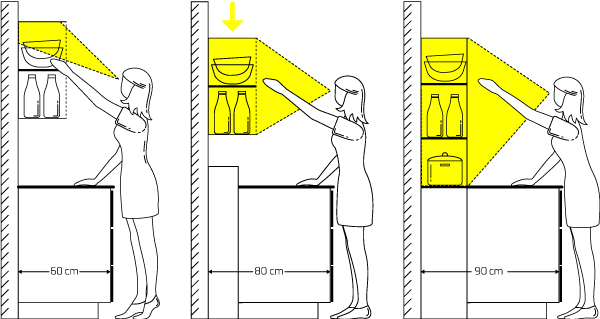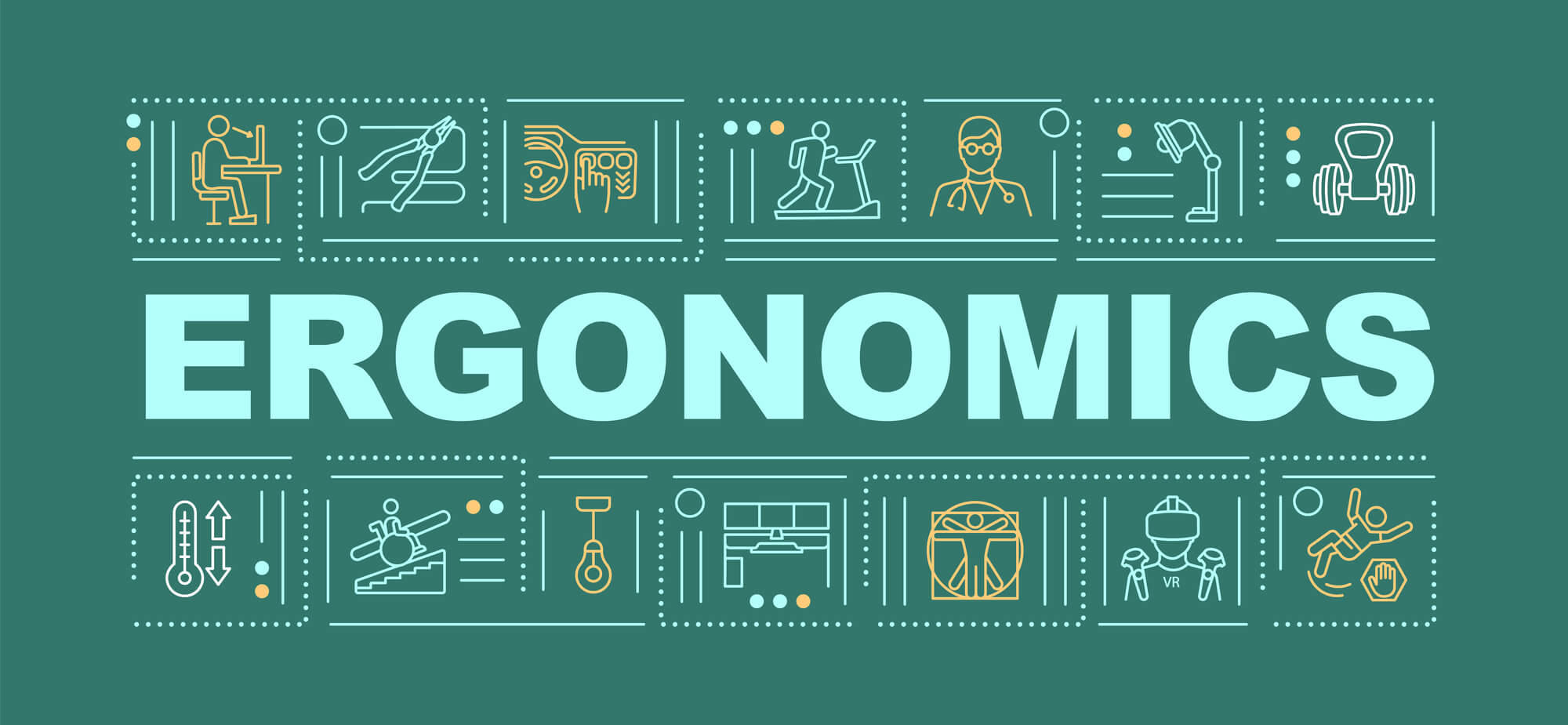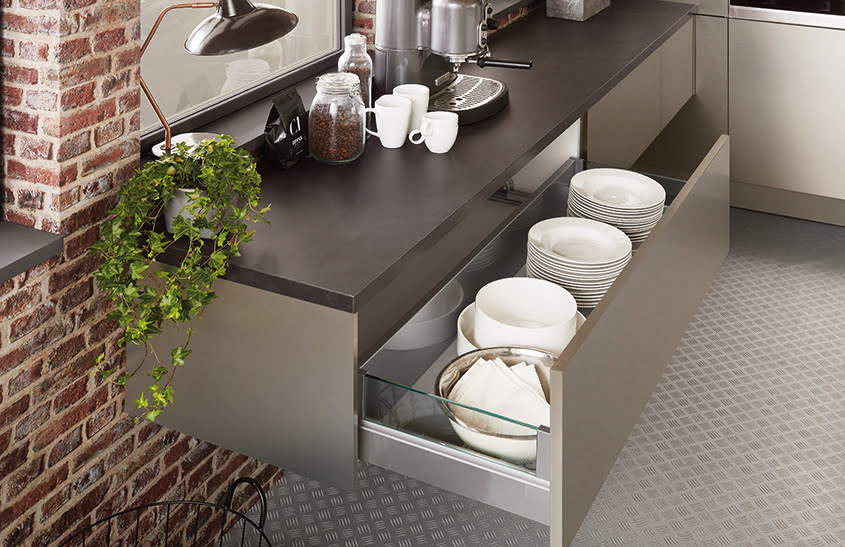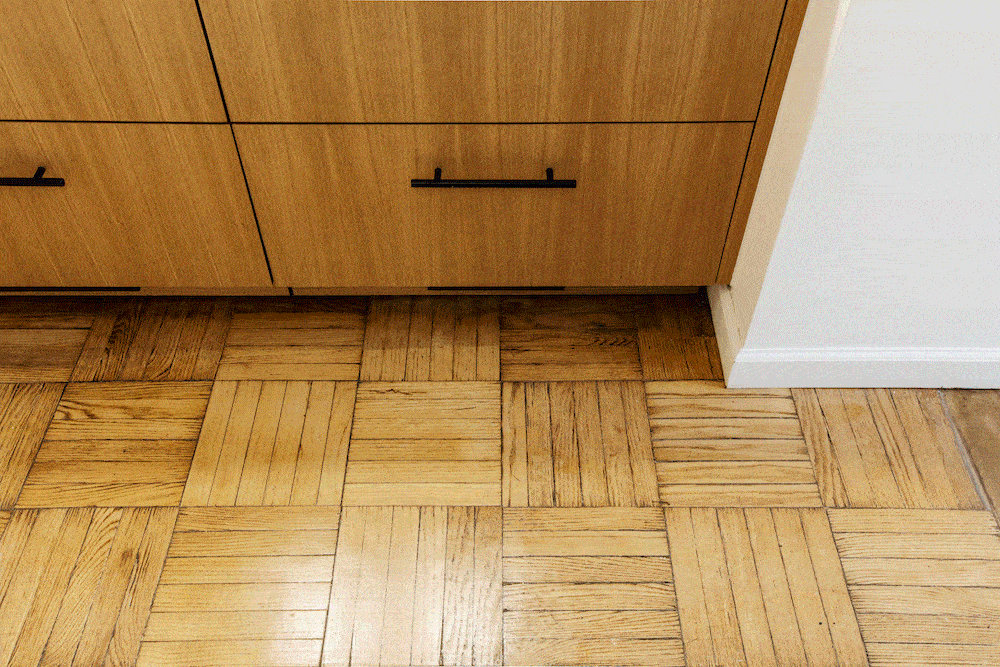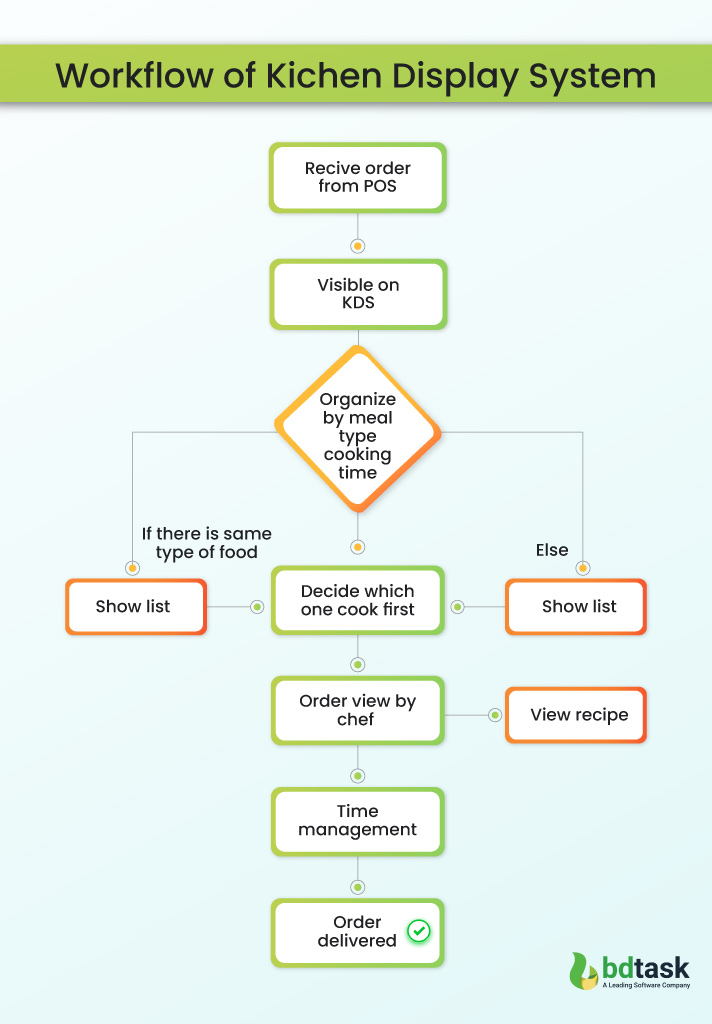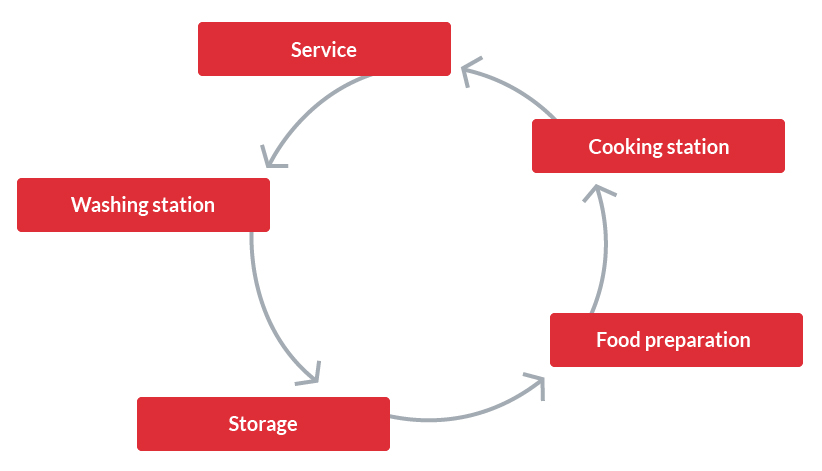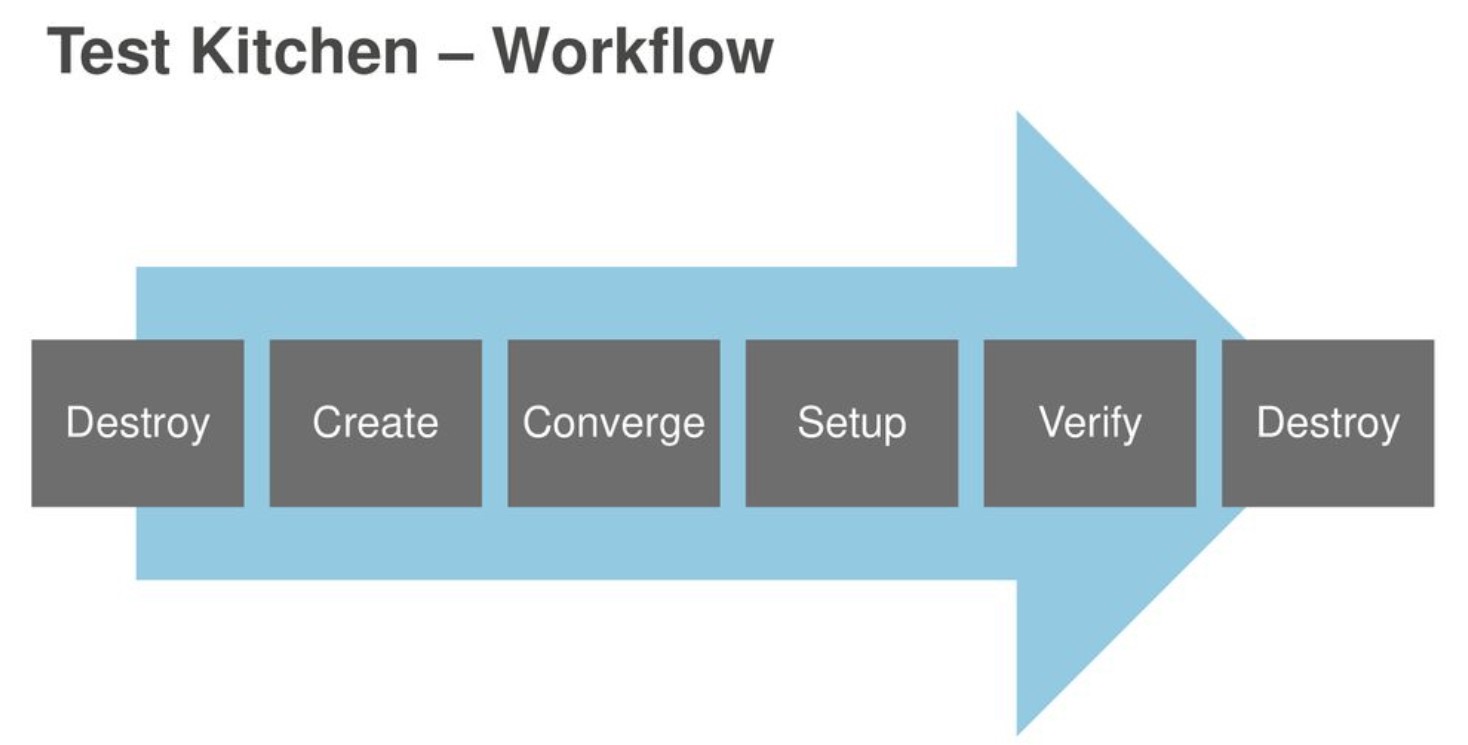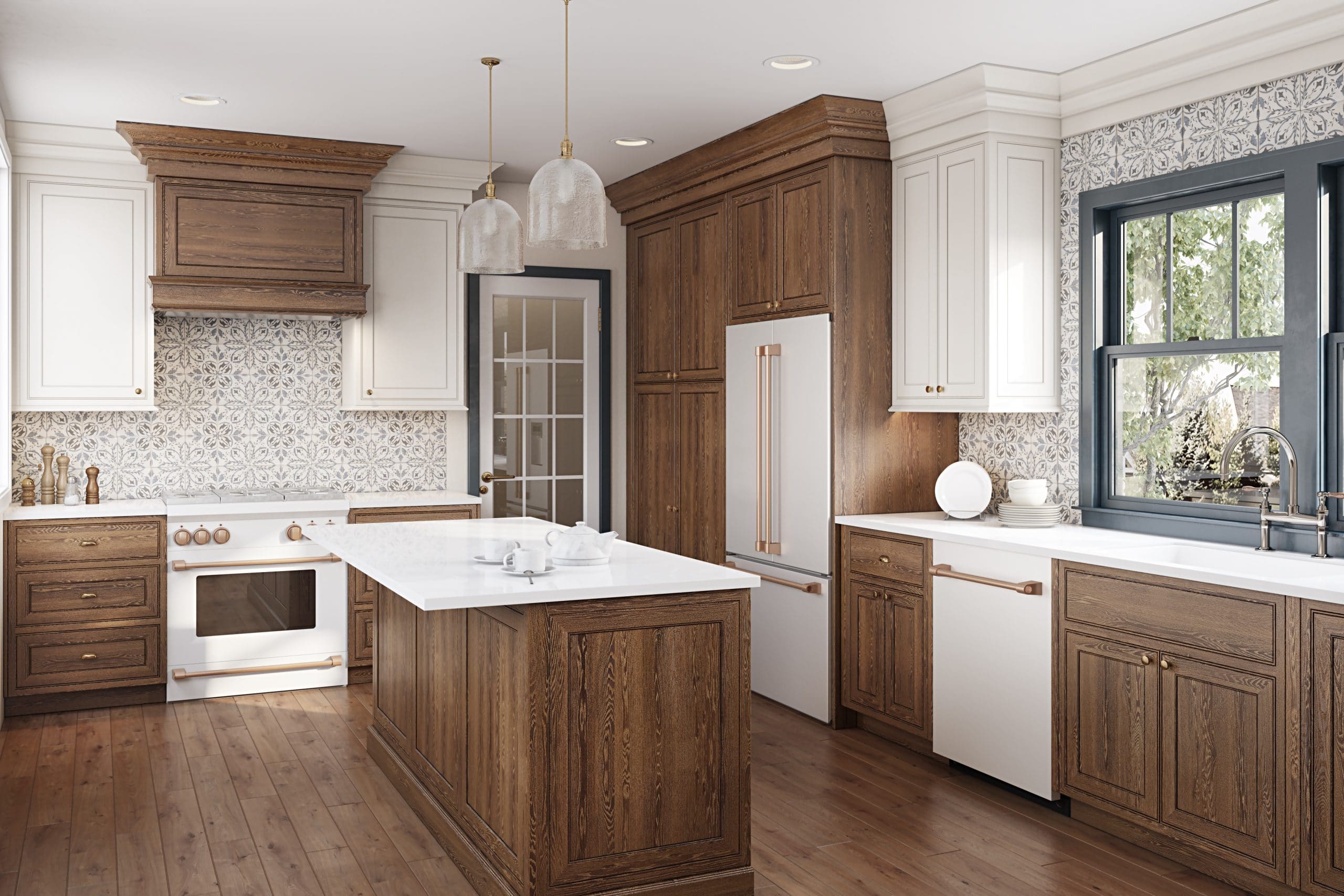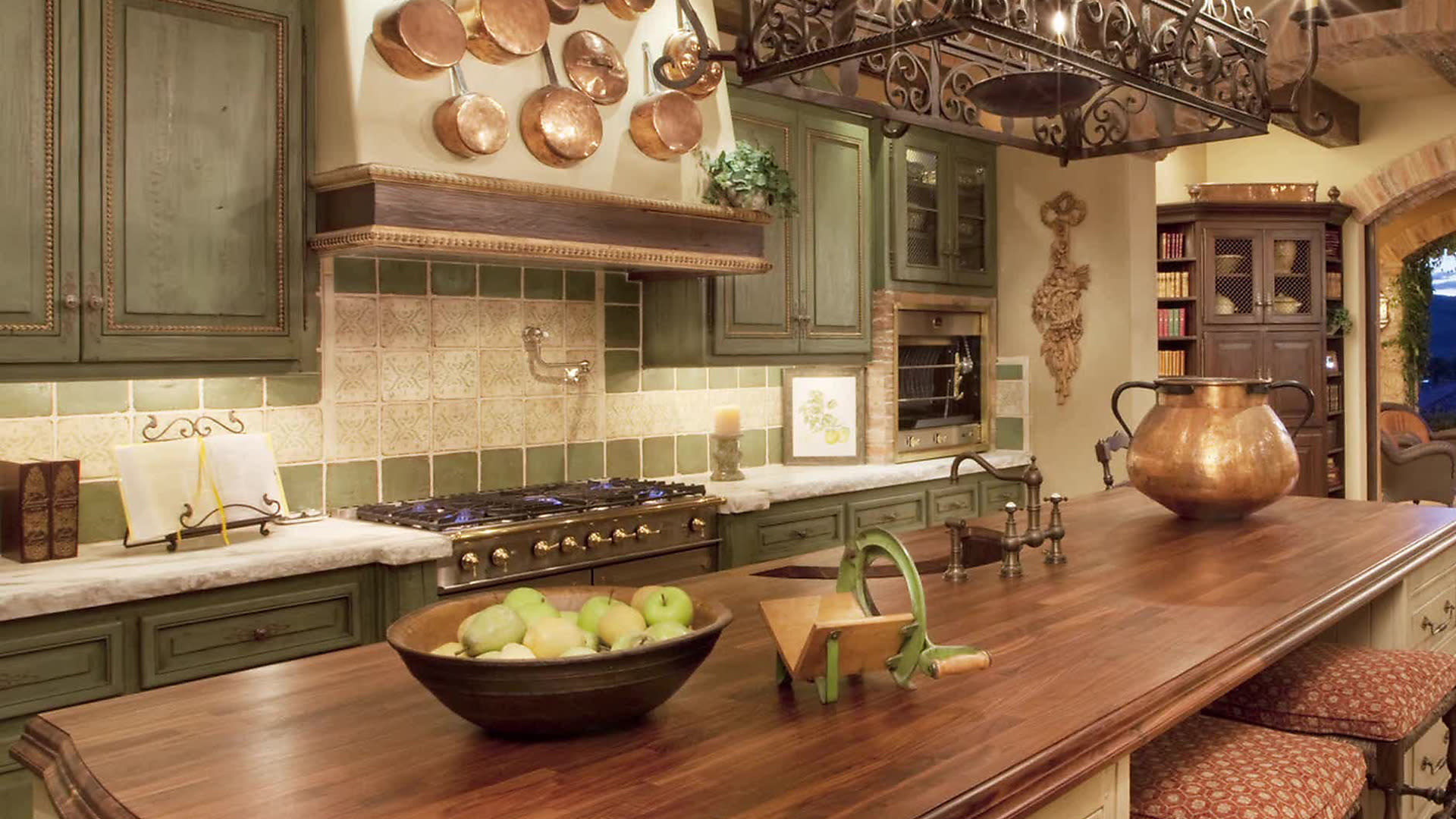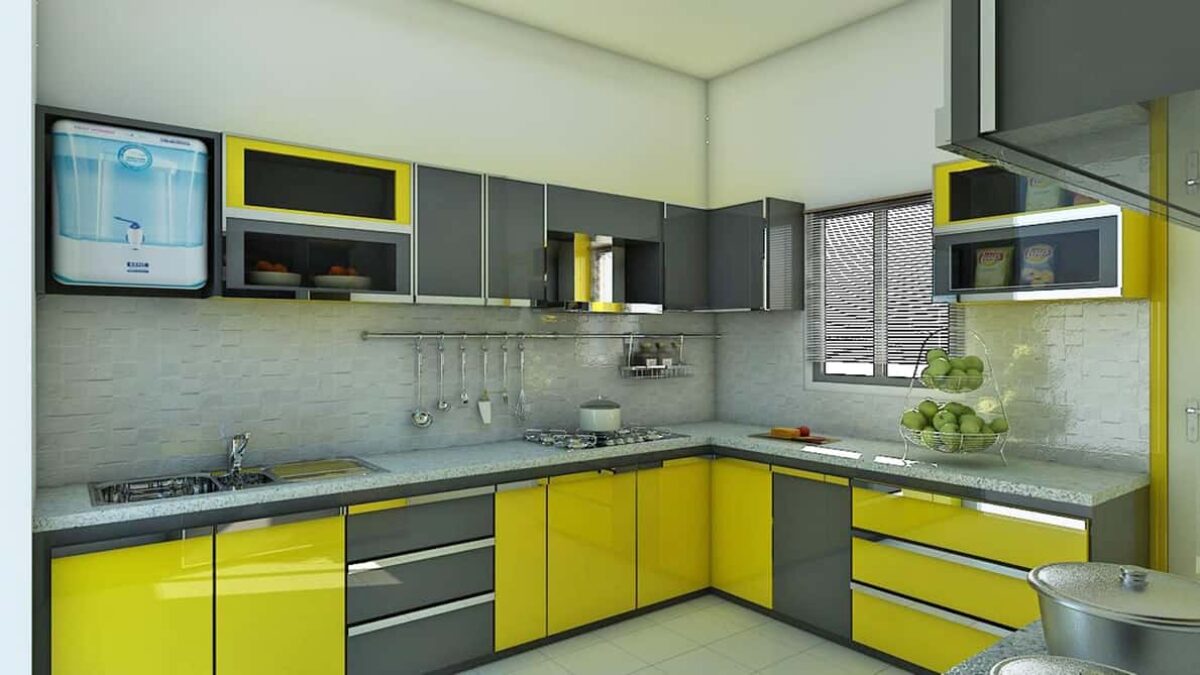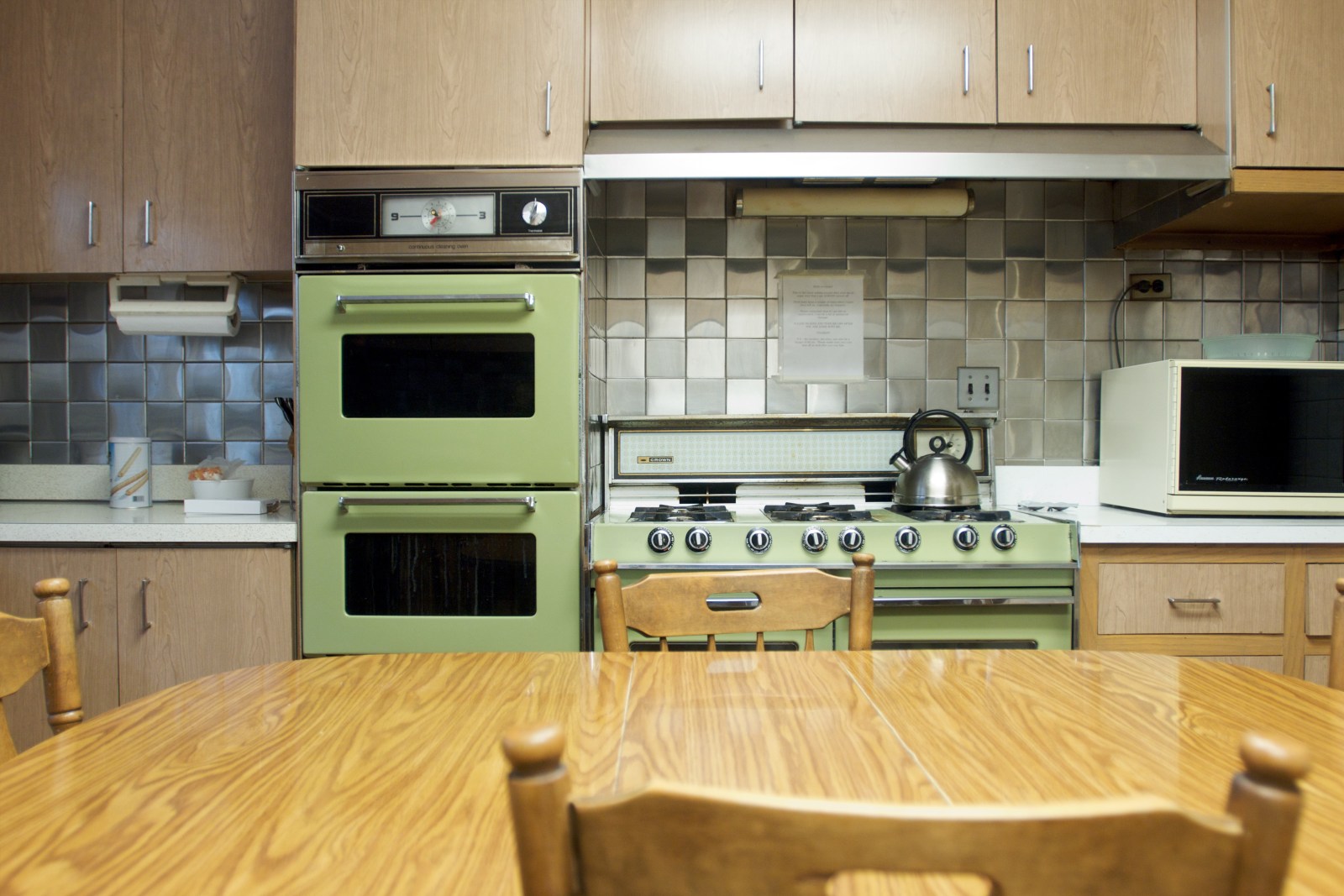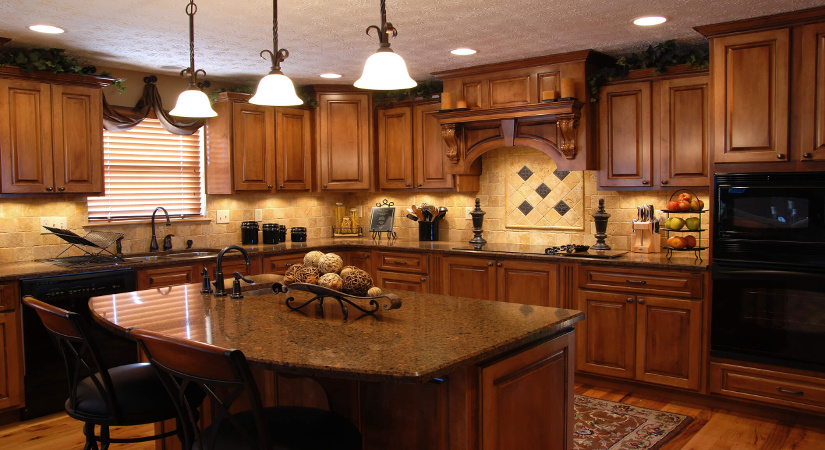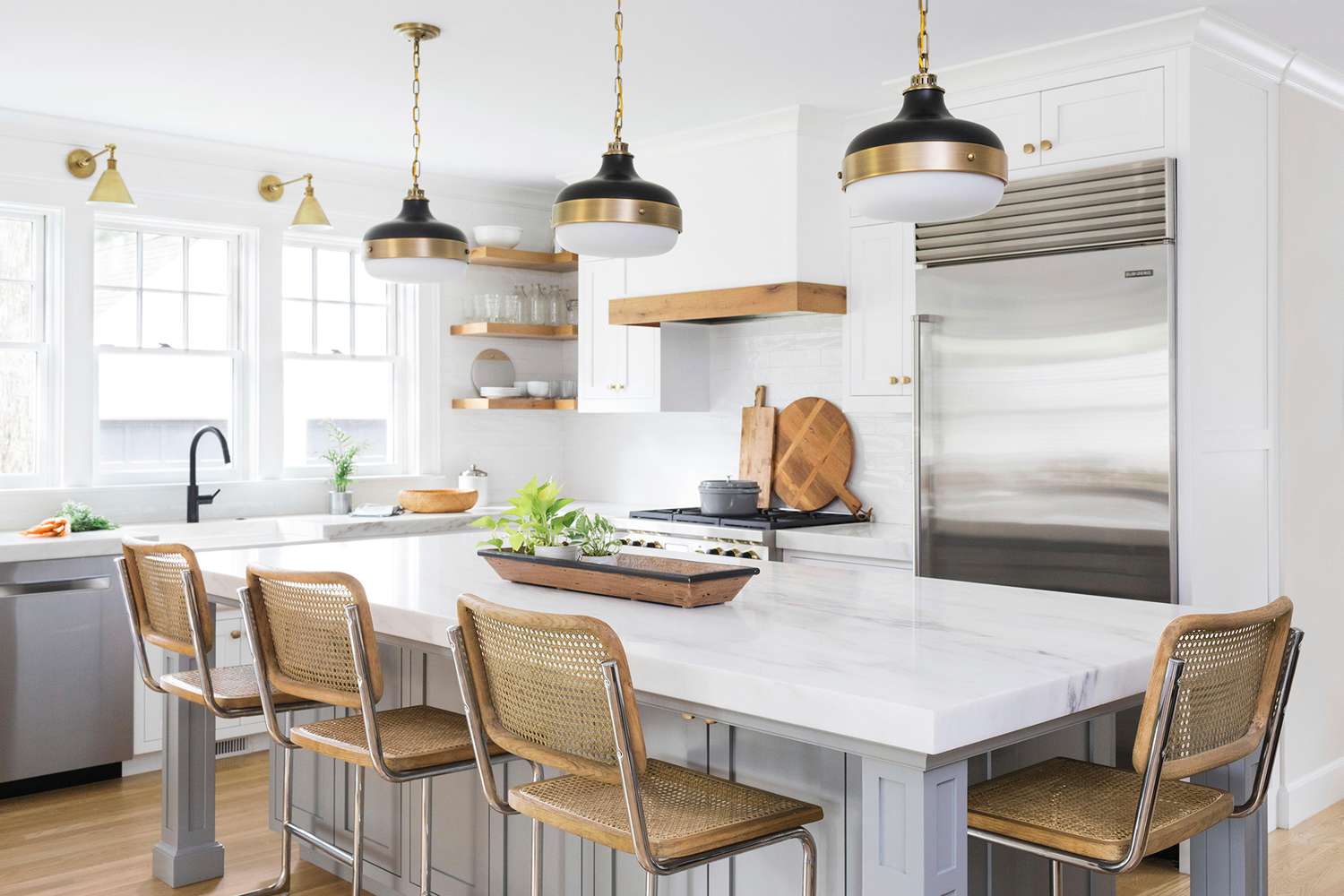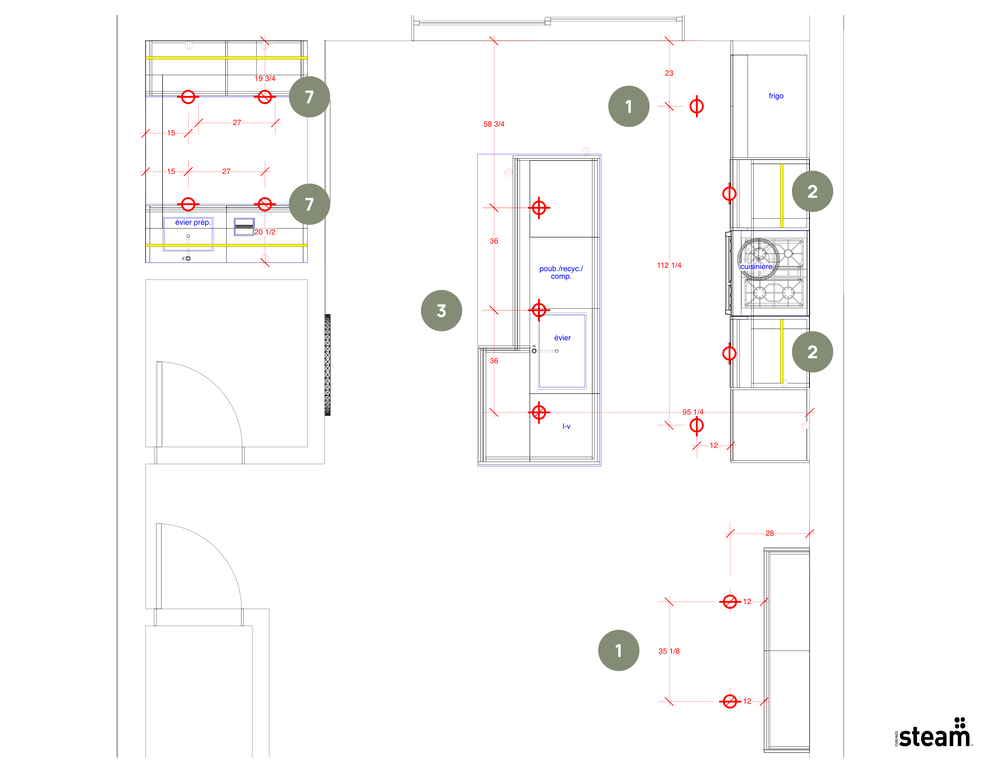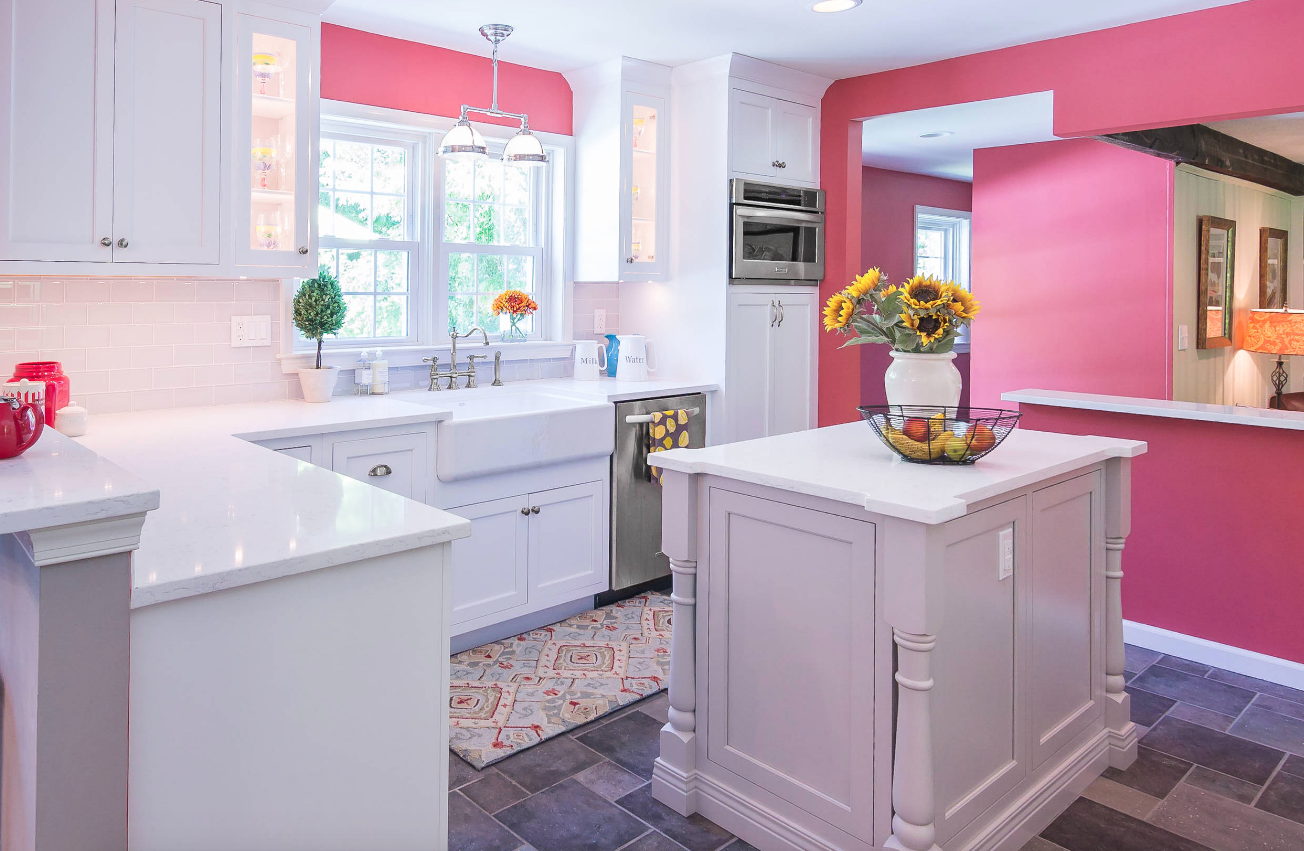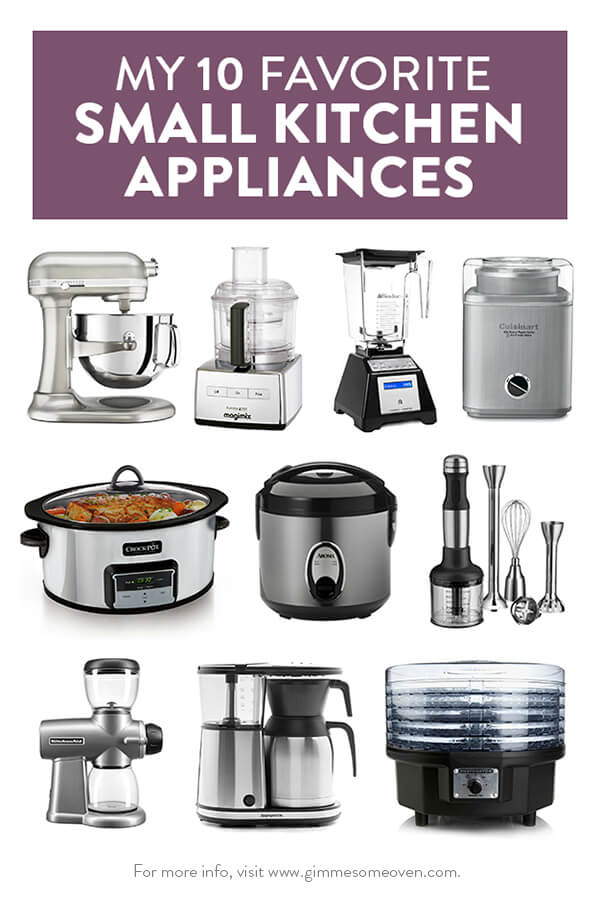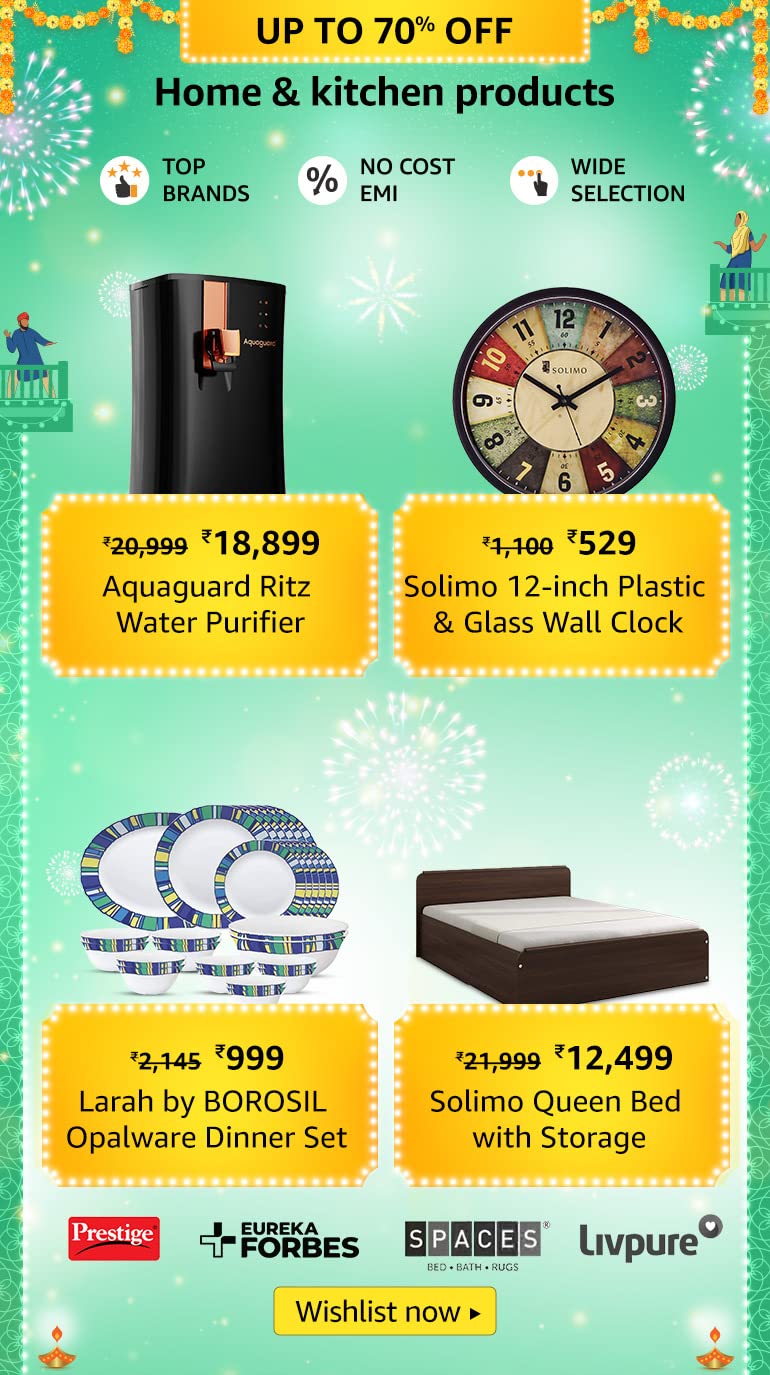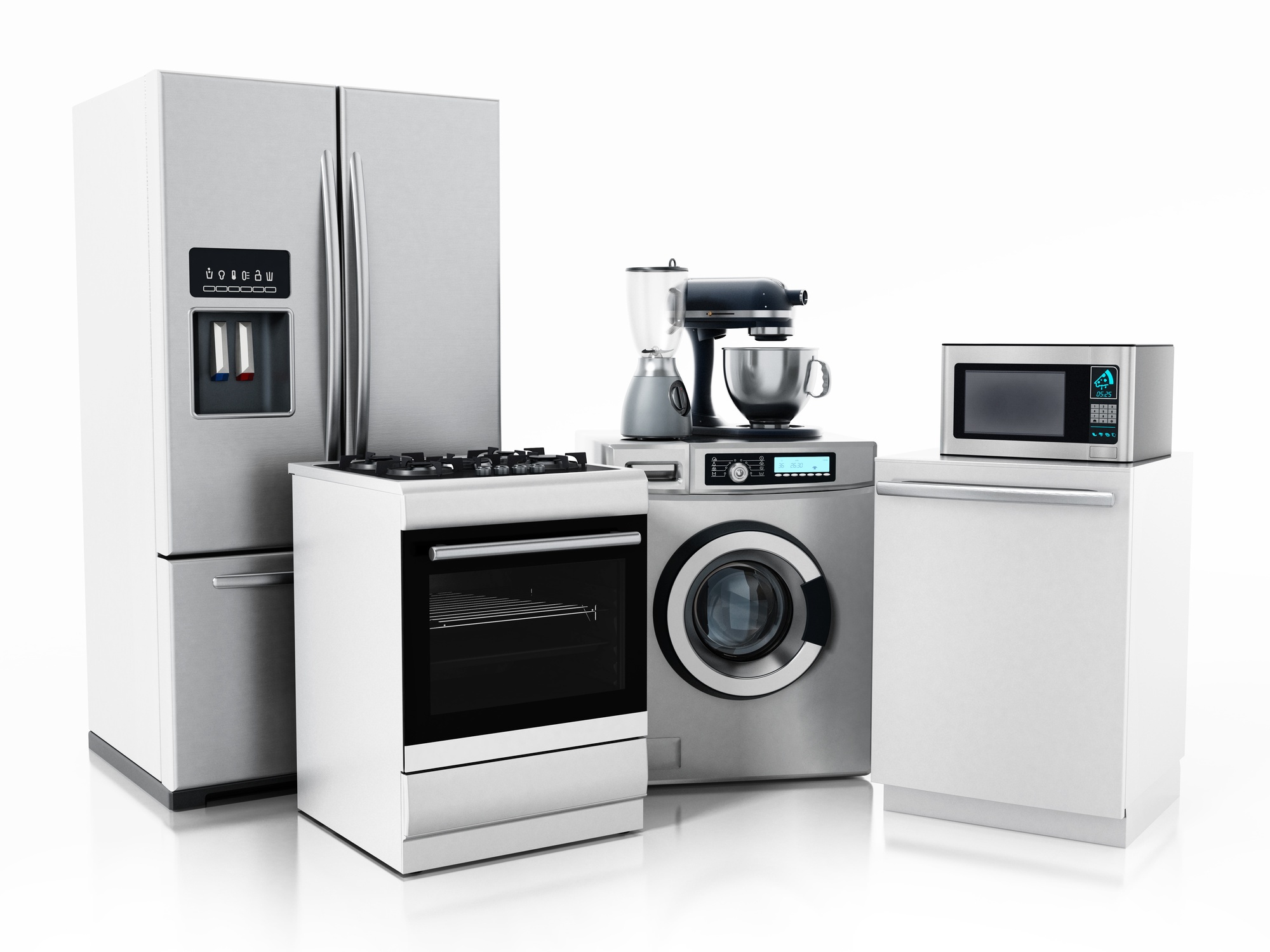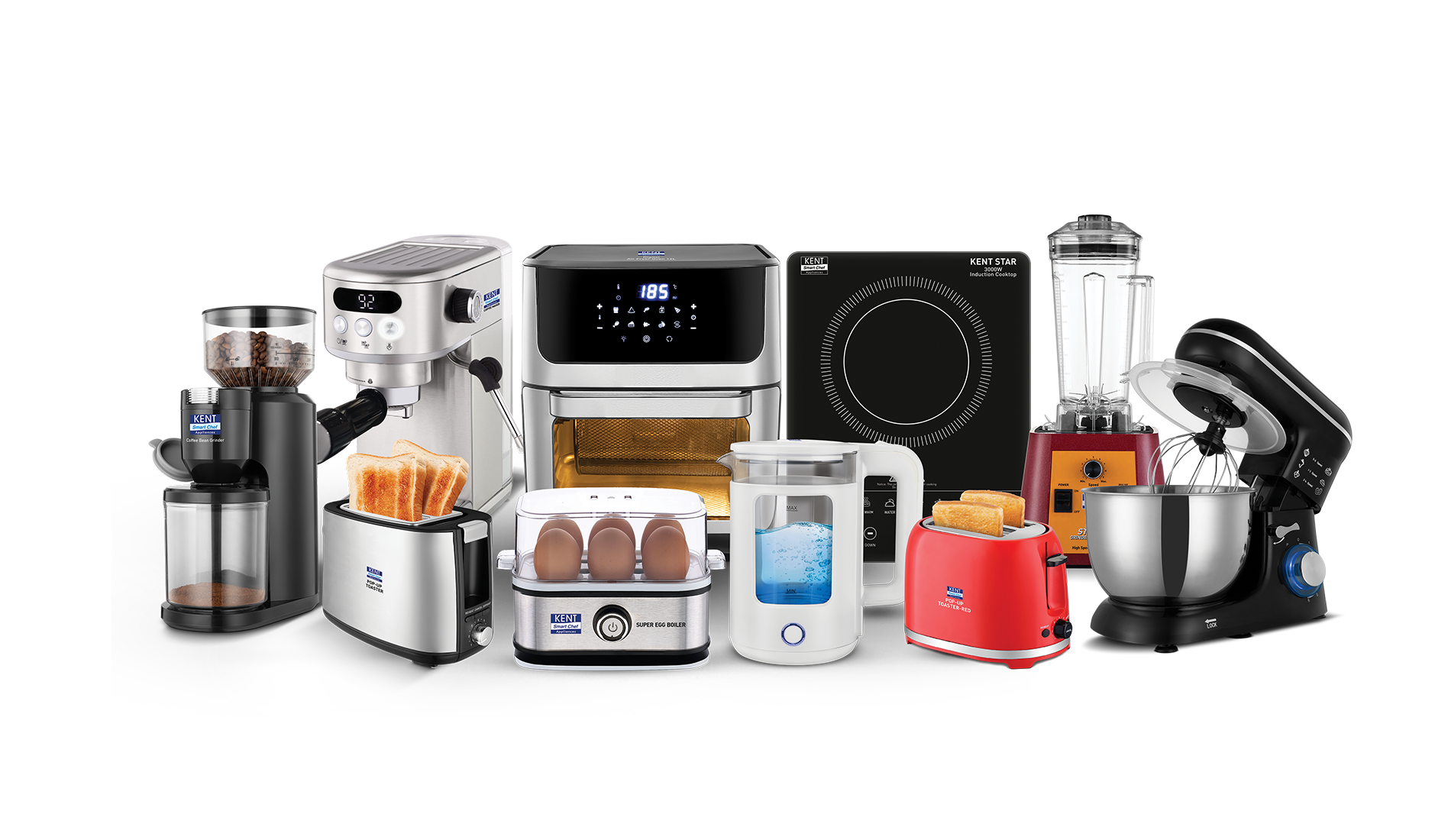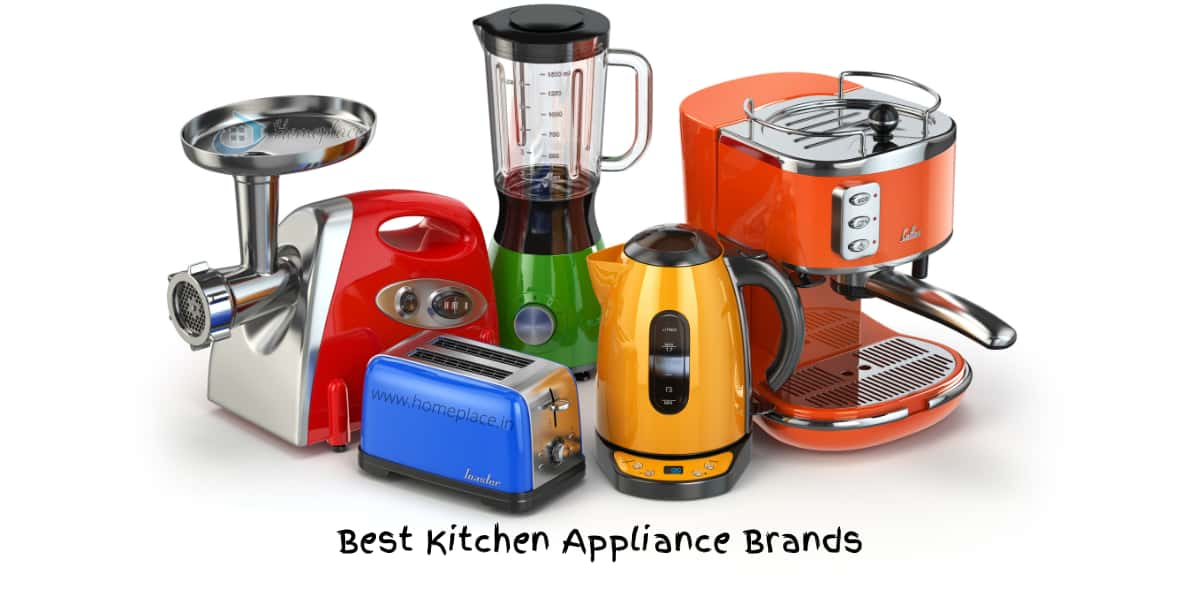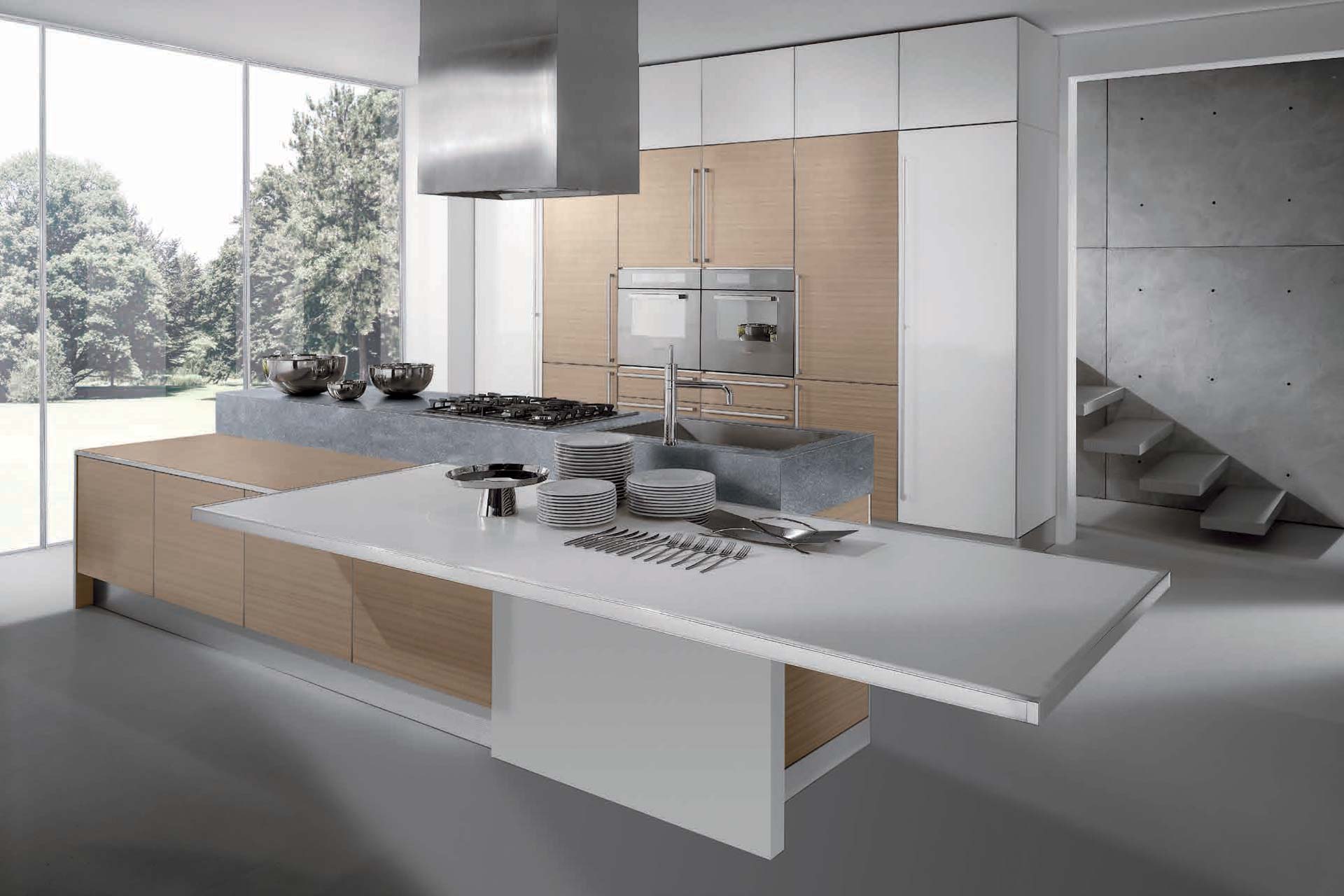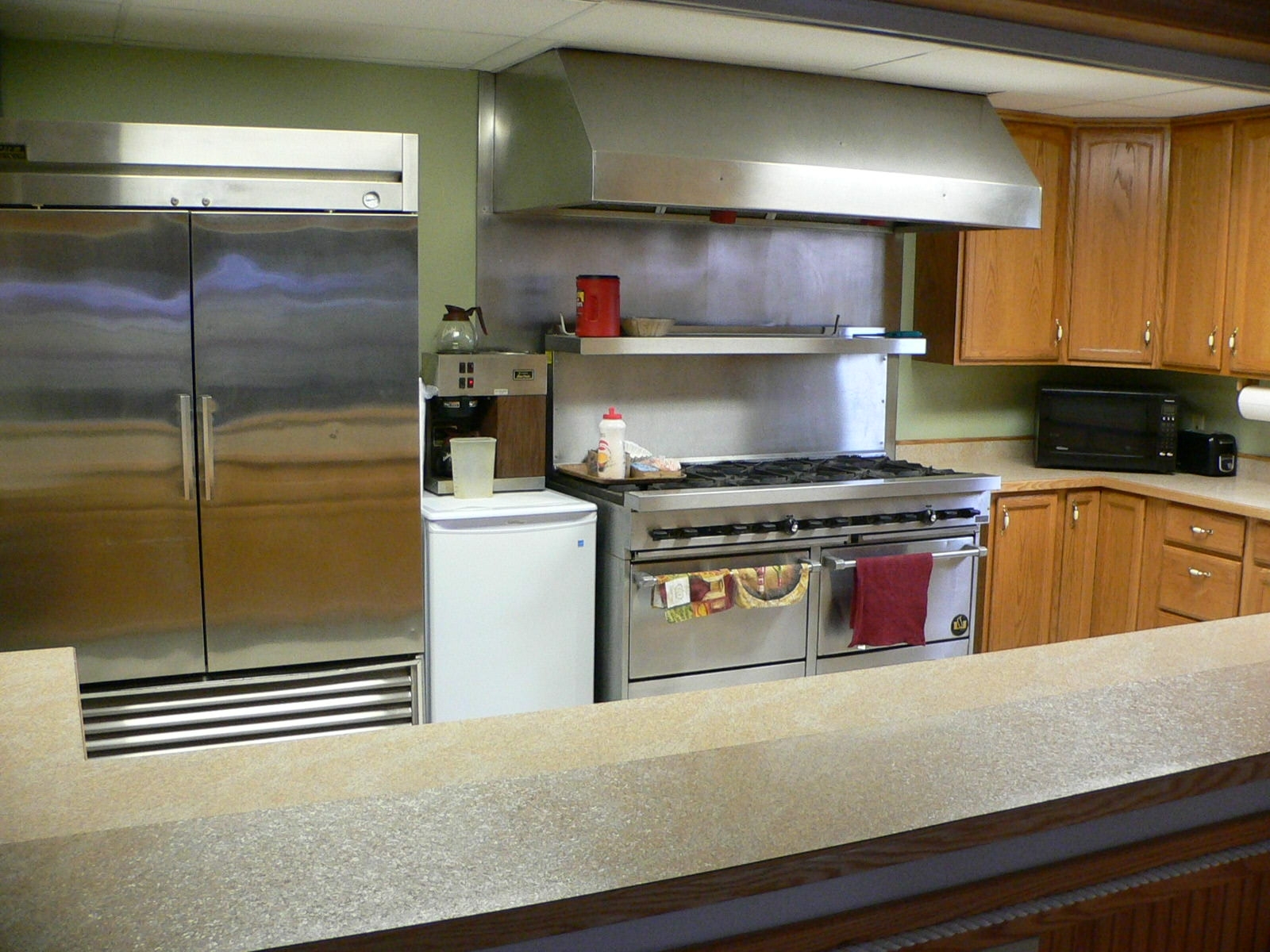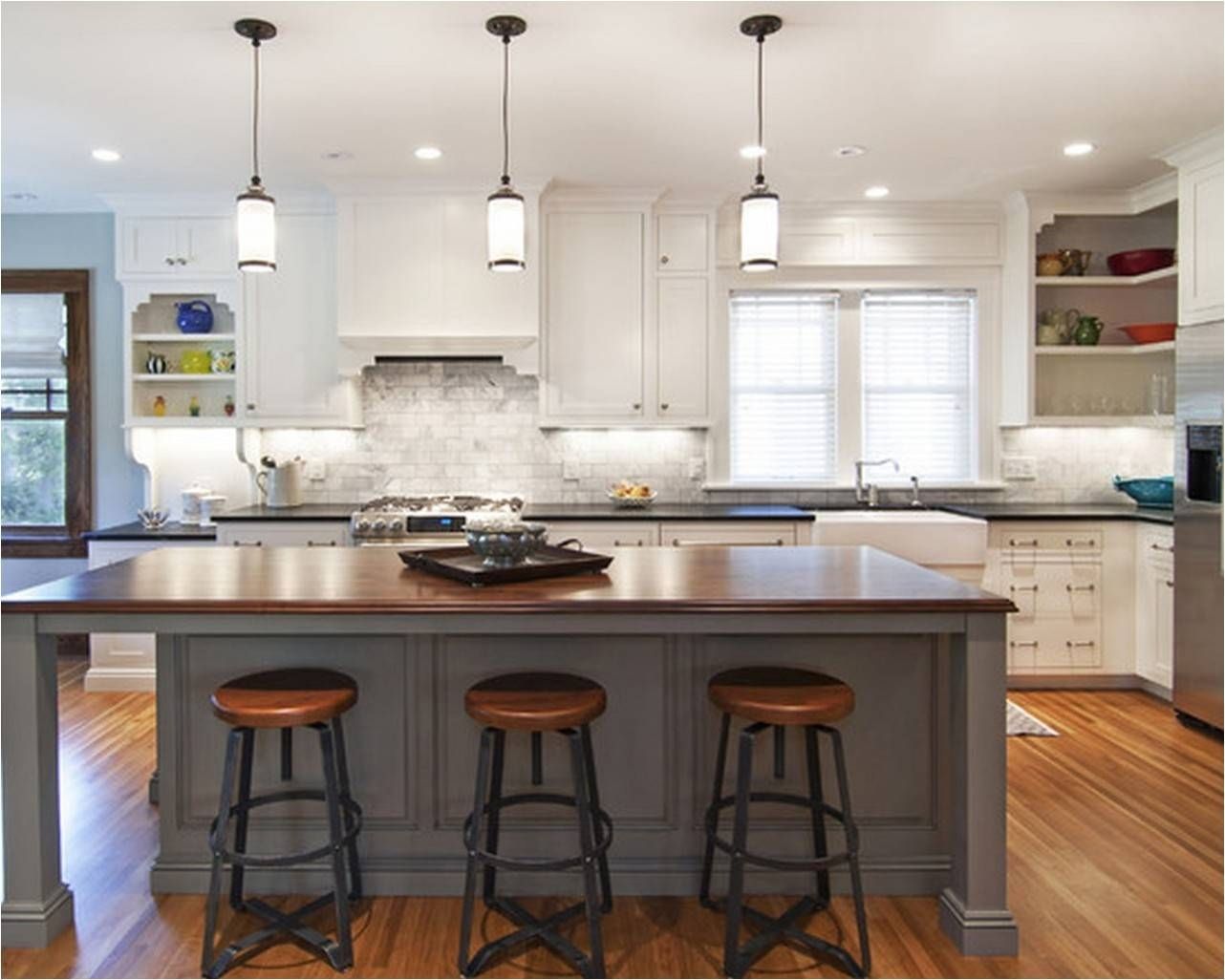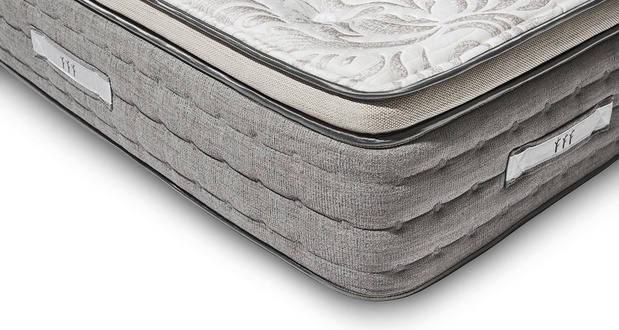1. Kitchen Layout: Creating a Space that Works for You
The first and most important factor to consider in a well-designed kitchen is the layout. It sets the foundation for the entire space and determines how efficient and functional your kitchen will be. A good layout takes into account the size and shape of the room, as well as your individual needs and preferences.
There are several popular kitchen layouts to choose from, such as the classic L-shaped or U-shaped, the versatile galley, or the open-plan island layout. Each has its own advantages and can be tailored to suit your specific cooking and lifestyle habits. For example, if you love to entertain, an open-plan layout with a large island may be perfect for hosting guests while you cook.
When designing your kitchen layout, it's important to consider the "work triangle" - the distance between the stove, sink, and refrigerator. This should be kept to a minimum to ensure smooth and efficient movement between these key areas. A well-planned layout will also take into account factors such as storage, seating, and traffic flow.
2. Kitchen Design: Combining Form and Function
While the layout provides the framework for your kitchen, the design is where you can truly let your creativity shine. A well-designed kitchen is a balance of both form and function - it should look beautiful while also being practical and functional.
When it comes to design, there are endless possibilities for colors, textures, and finishes. But it's important to choose elements that not only look great but also serve a purpose. For example, incorporating a large, deep sink with a pull-down faucet can make washing dishes a breeze while also adding a stylish touch to your kitchen.
Another important aspect of kitchen design is considering the overall style and aesthetic. Whether you prefer a sleek and modern look or a cozy and rustic feel, your cabinetry, countertops, and backsplash should all work together to create a cohesive and visually appealing space.
3. Kitchen Functionality: Making Tasks Easier
A well-designed kitchen should make your daily tasks and routines easier and more efficient. This means carefully considering the placement of appliances, storage, and workspaces to ensure they are easily accessible and functional.
For example, if you're an avid cook, you may want to install a double oven to make cooking multiple dishes at once a breeze. Or if you have a large family, a spacious pantry with plenty of shelves and drawers can help keep your kitchen organized and clutter-free.
It's also important to consider the flow and movement within your kitchen. For instance, having a designated prep area near the stove and sink can make cooking and cleaning up a more streamlined process.
4. Kitchen Ergonomics: Designing for Comfort
Ergonomics refers to the study of how people interact with their environment and how to improve efficiency and comfort. In the kitchen, this means designing a space that is not only functional but also comfortable and easy to use.
One aspect of kitchen ergonomics is the height of countertops and cabinets. These should be at a comfortable level for the average person to avoid strain and back pain while cooking and preparing meals. Pull-out shelves and deep, low cabinets can also make it easier to access items without having to reach or bend down.
Another important consideration is lighting. Task lighting above work areas and under-cabinet lighting can help reduce eye strain and make it easier to see while cutting, chopping, and cooking. Additionally, installing light switches at different heights can make them easier to reach for people of different heights.
5. Kitchen Storage: Maximizing Space
Storage is a crucial aspect of any kitchen, and a well-designed kitchen will make the most of every inch of space. This means utilizing both vertical and horizontal space and incorporating smart storage solutions.
One popular trend in kitchen storage is utilizing pull-out shelves and drawers in cabinetry. These allow you to easily access items from the back of the cabinet without having to rummage through everything in front. Additionally, using vertical dividers in deep cabinets or drawers can help keep items organized and prevent them from toppling over.
Another important consideration is maximizing storage in smaller spaces. This can be achieved with corner cabinets or lazy susans for easy access to items in tight spaces. You can also make use of wasted space by installing shelves or hooks on the back of cabinet doors for storing small items like spices or kitchen utensils.
6. Kitchen Workflow: Streamlining Your Cooking Process
A well-designed kitchen should have a logical and efficient workflow. This means organizing the space in a way that makes it easy and natural to move between tasks.
The "work triangle" mentioned earlier is a key aspect of kitchen workflow. But it's also important to consider the workflow within individual work areas, such as the sink, stove, and refrigerator. Having a designated landing area next to the stove for hot dishes or a prep sink near the main sink for washing and peeling vegetables can help streamline your cooking process.
7. Kitchen Aesthetics: Creating a Beautiful Space
While functionality and efficiency are important, a well-designed kitchen should also be visually appealing. After all, the kitchen is often the heart of the home and a space where we spend a lot of time.
Aesthetics can be achieved through carefully chosen colors and finishes that complement each other. For example, pairing light-colored cabinets with a dark-colored countertop can create a striking contrast. You can also add visual interest with backsplash tiles or a statement piece of lighting.
Another way to add beauty to your kitchen is by incorporating natural elements such as wood or stone. These can add warmth and texture to the space, creating a more inviting and cozy atmosphere.
8. Kitchen Materials: Choosing Quality and Durability
The materials you choose for your kitchen can have a significant impact on its overall look and feel. But it's important to not only consider aesthetics but also quality and durability.
Kitchen materials should be able to withstand daily wear and tear and be easy to clean and maintain. For example, granite or quartz countertops are not only beautiful but also durable and resistant to stains and scratches. Hardwood or tile flooring can also be a good choice for their durability and easy maintenance.
Additionally, choosing energy-efficient appliances can not only save you money in the long run but also be more environmentally friendly. Look for appliances with the Energy Star label, which indicates they use less energy and can help reduce your carbon footprint.
9. Kitchen Lighting: Setting the Mood
Lighting is an essential aspect of any well-designed kitchen. It not only helps with visibility but also sets the mood and ambiance of the space.
In addition to task lighting, as mentioned earlier, it's important to also consider ambient and accent lighting to create a well-balanced and inviting atmosphere. For example, pendant lights over an island can provide both task lighting and add a decorative touch. You can also install dimmer switches to adjust the lighting for different occasions and moods.
10. Kitchen Appliances: Choosing the Right Tools
Last but not least, a well-designed kitchen should have the right appliances to help you cook and prepare meals with ease. When selecting appliances, consider both functionality and design.
For example, a large refrigerator with ample storage space is essential for families or avid cooks who need to store a lot of ingredients. A double oven or gas range can also be useful for those who love to cook or entertain. And for added convenience, consider smart appliances that can be controlled via your smartphone or voice commands.
Ultimately, the key is to choose appliances that fit your needs and complement the overall design and style of your kitchen.
A Well Designed Kitchen Will Consider These Important Factors

Functionality and Efficiency
 A well designed kitchen will not only look aesthetically pleasing, but it will also be highly functional and efficient. This means that the layout and design of the kitchen should cater to the needs of the user, making cooking and preparing meals easier and more convenient. The
main keyword
"well designed kitchen" should be synonymous with
functionality and efficiency
as these are the key elements that make a kitchen truly well designed. This includes having enough counter space, storage solutions, and proper placement of appliances for maximum efficiency.
A well designed kitchen will not only look aesthetically pleasing, but it will also be highly functional and efficient. This means that the layout and design of the kitchen should cater to the needs of the user, making cooking and preparing meals easier and more convenient. The
main keyword
"well designed kitchen" should be synonymous with
functionality and efficiency
as these are the key elements that make a kitchen truly well designed. This includes having enough counter space, storage solutions, and proper placement of appliances for maximum efficiency.
Comfort and Ergonomics
 Another important factor that a well designed kitchen will consider is the comfort and ergonomics of the space. The kitchen is often the heart of the home, where families gather to cook, eat, and spend time together. Therefore, it is crucial for the kitchen to be comfortable and user-friendly. This can be achieved through proper lighting, ventilation, and ergonomic design principles that make tasks in the kitchen easier and more comfortable.
Comfort and ergonomics
should be carefully considered when designing a kitchen to ensure that it is a functional and inviting space for all.
Another important factor that a well designed kitchen will consider is the comfort and ergonomics of the space. The kitchen is often the heart of the home, where families gather to cook, eat, and spend time together. Therefore, it is crucial for the kitchen to be comfortable and user-friendly. This can be achieved through proper lighting, ventilation, and ergonomic design principles that make tasks in the kitchen easier and more comfortable.
Comfort and ergonomics
should be carefully considered when designing a kitchen to ensure that it is a functional and inviting space for all.
Aesthetics and Style
 Of course, the appearance of a kitchen plays a significant role in its design. A well designed kitchen will also consider the aesthetics and style of the space. This involves choosing the right color scheme, materials, and finishes to create a cohesive and visually appealing look. The
aesthetics and style
of a kitchen should also complement the overall design of the house, creating a harmonious flow throughout the home.
Of course, the appearance of a kitchen plays a significant role in its design. A well designed kitchen will also consider the aesthetics and style of the space. This involves choosing the right color scheme, materials, and finishes to create a cohesive and visually appealing look. The
aesthetics and style
of a kitchen should also complement the overall design of the house, creating a harmonious flow throughout the home.
Budget and Maintenance
 Last but not least, a well designed kitchen will also take into account the budget and maintenance of the space. It is important to set a realistic budget and stick to it when designing a kitchen, as this will ensure that the end result is not only beautiful but practical and cost-effective. Additionally, the materials and finishes chosen should be low maintenance and durable, making it easier to upkeep and prolong the lifespan of the kitchen.
In conclusion, a well designed kitchen will consider
functionality and efficiency, comfort and ergonomics, aesthetics and style, and budget and maintenance
. These important factors work together to create a kitchen that is not only visually appealing but also highly functional, comfortable, and practical. When all of these elements are carefully considered and incorporated into the design, a kitchen can truly be the heart of a home.
Last but not least, a well designed kitchen will also take into account the budget and maintenance of the space. It is important to set a realistic budget and stick to it when designing a kitchen, as this will ensure that the end result is not only beautiful but practical and cost-effective. Additionally, the materials and finishes chosen should be low maintenance and durable, making it easier to upkeep and prolong the lifespan of the kitchen.
In conclusion, a well designed kitchen will consider
functionality and efficiency, comfort and ergonomics, aesthetics and style, and budget and maintenance
. These important factors work together to create a kitchen that is not only visually appealing but also highly functional, comfortable, and practical. When all of these elements are carefully considered and incorporated into the design, a kitchen can truly be the heart of a home.

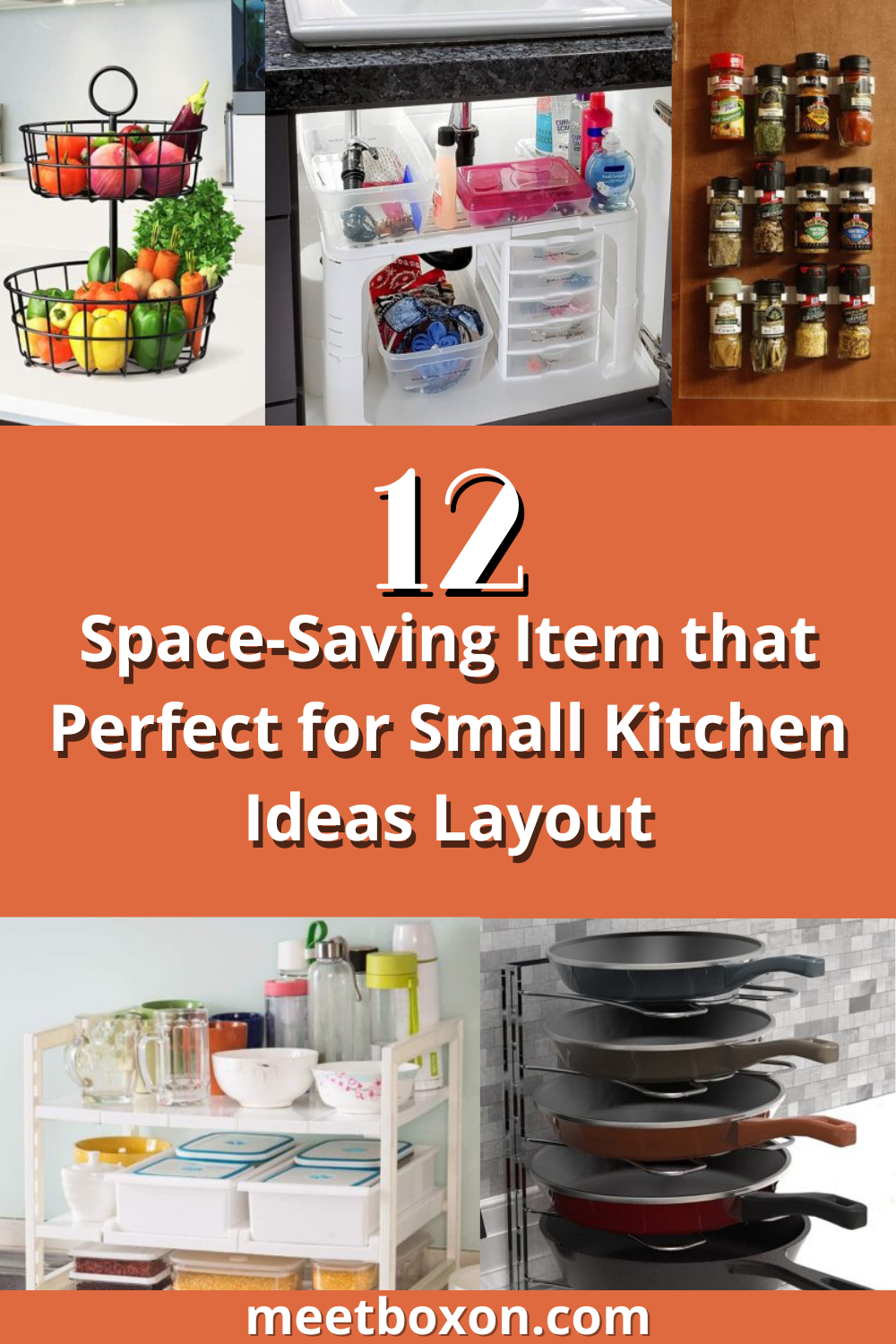


/One-Wall-Kitchen-Layout-126159482-58a47cae3df78c4758772bbc.jpg)



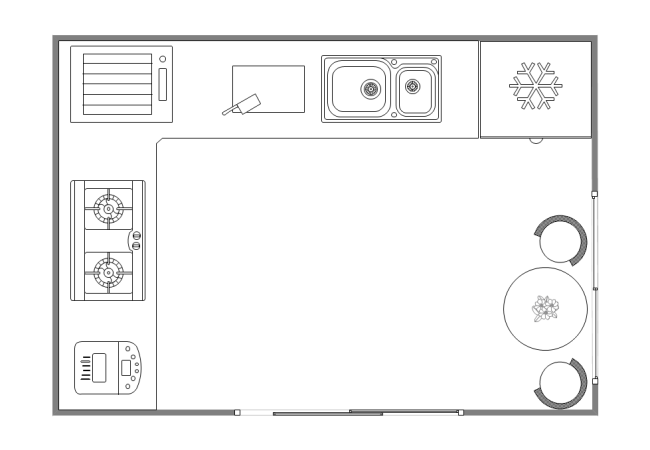
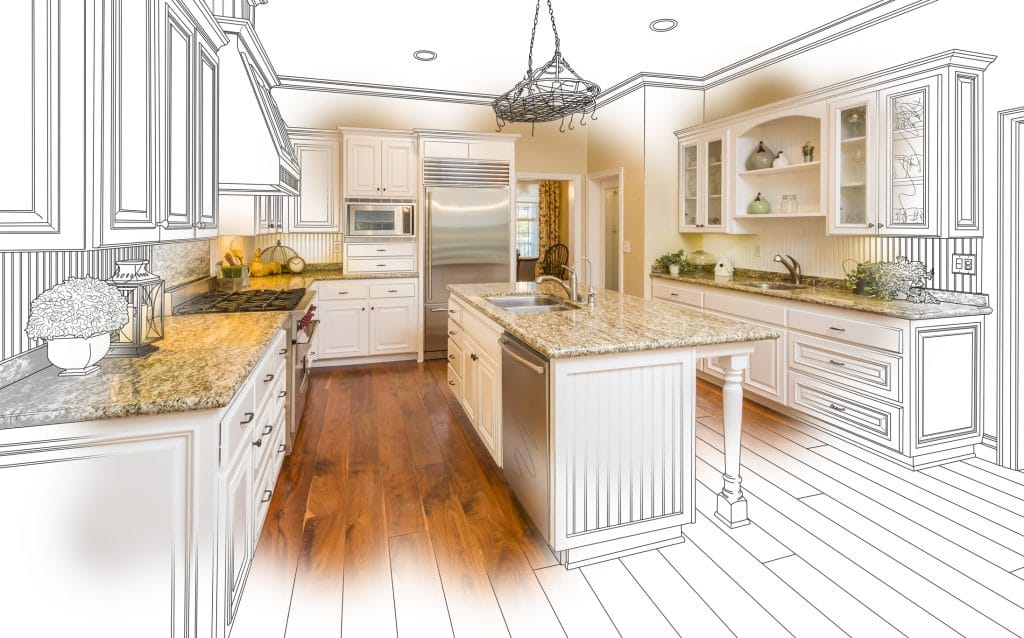





/exciting-small-kitchen-ideas-1821197-hero-d00f516e2fbb4dcabb076ee9685e877a.jpg)

